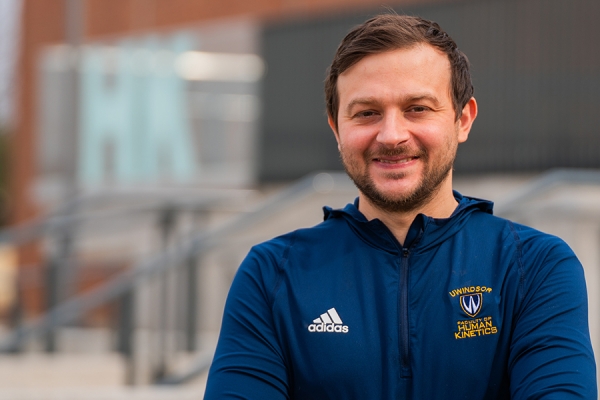 In a recent article in the Conversation, kinesiology professor Francesco Biondi says human error may have contributed to the Key Bridge disaster.
In a recent article in the Conversation, kinesiology professor Francesco Biondi says human error may have contributed to the Key Bridge disaster.
A kinesiology professor who specializes in the study of our interaction with our surroundings suspects human error may have contributed to the fatal bridge disaster in Baltimore.
In a recent article published in the Conversation, Francesco Biondi hypothesizes that fatigue may have been a factor in the incident. He also says there is a possibility of a miscommunication or misunderstanding having contributed to the bridge’s collapse.
“Human error cannot be fixed,” Dr. Biondi writes. “Humans make mistakes, that is intrinsic to our nature.”
What we need to do is change our approach to design, he says.
In the early morning of March 26, a fully-loaded cargo ship struck the Francis Scott Key Bridge in Baltimore causing its collapse. The U.S. National Transportation Safety Board has launched an investigation which may take up to two years to complete.
While available information on the collapse of the Key Bridge is sparse, it is suggested that human error may have played a role, says Biondi, a researcher in human factors.
“Human error has been the topic of scientific investigation since the Second World War,” Biondi says. “Despite the study of human error spanning decades, the fight for reducing its impact on accidents, let alone eliminating them, is not getting any easier.”
Biondi cites aviation accidents and crashes involving semi-automonous automobiles as examples of how adding more automation cannot always overcome human factors.
The Conversation is an online publication featuring articles from academics and researchers from around the world.
Read Biondi’s article, “Human error may have contributed to the Key Bridge disaster — changing our approach to design can help reduce accidents.”
